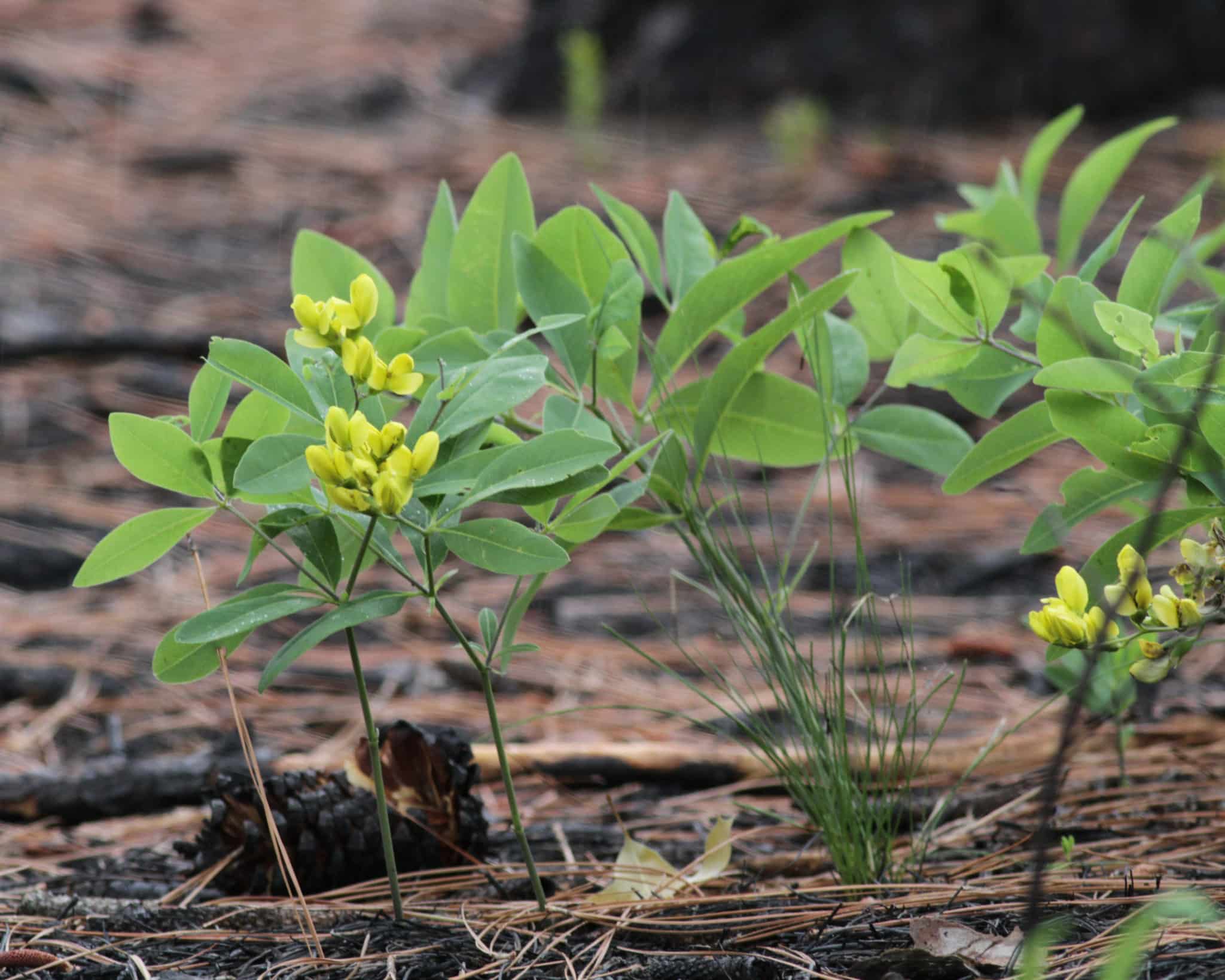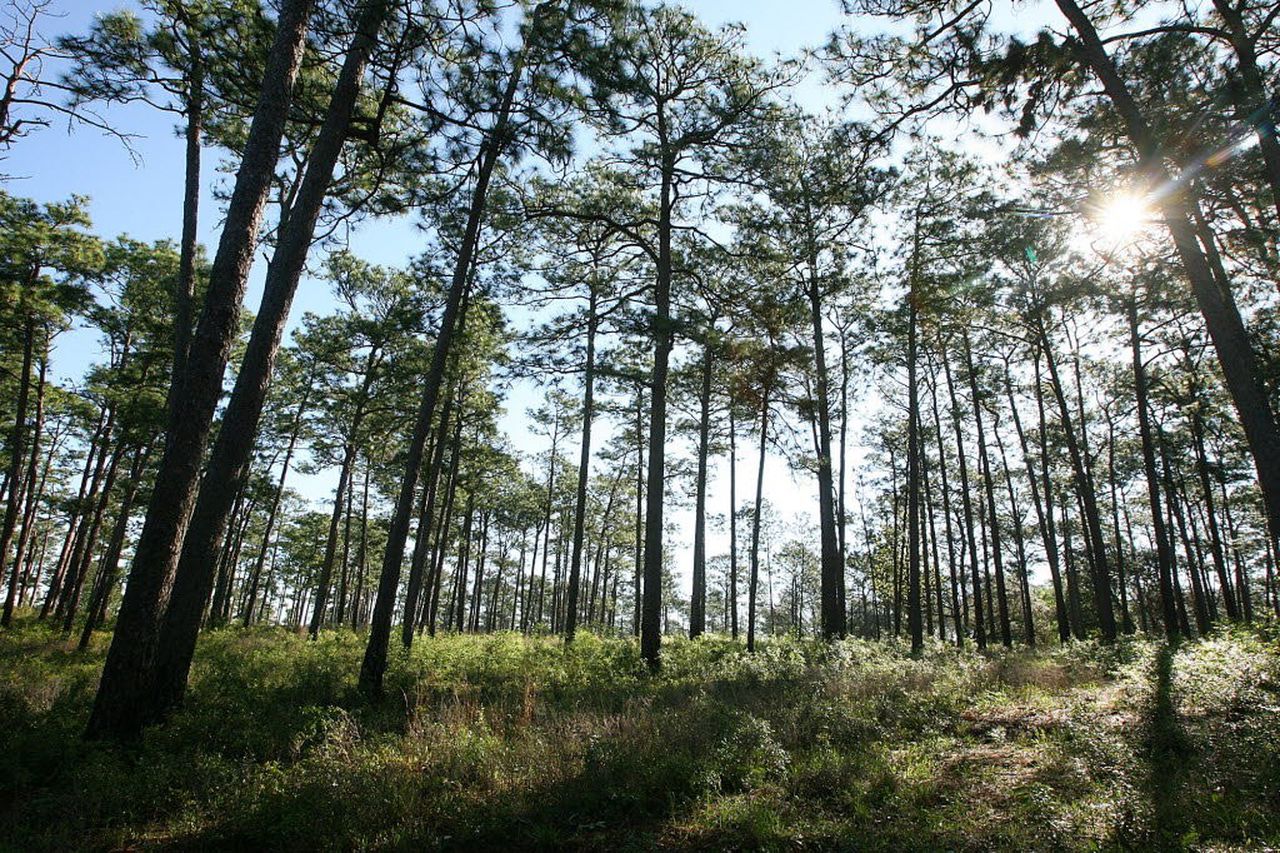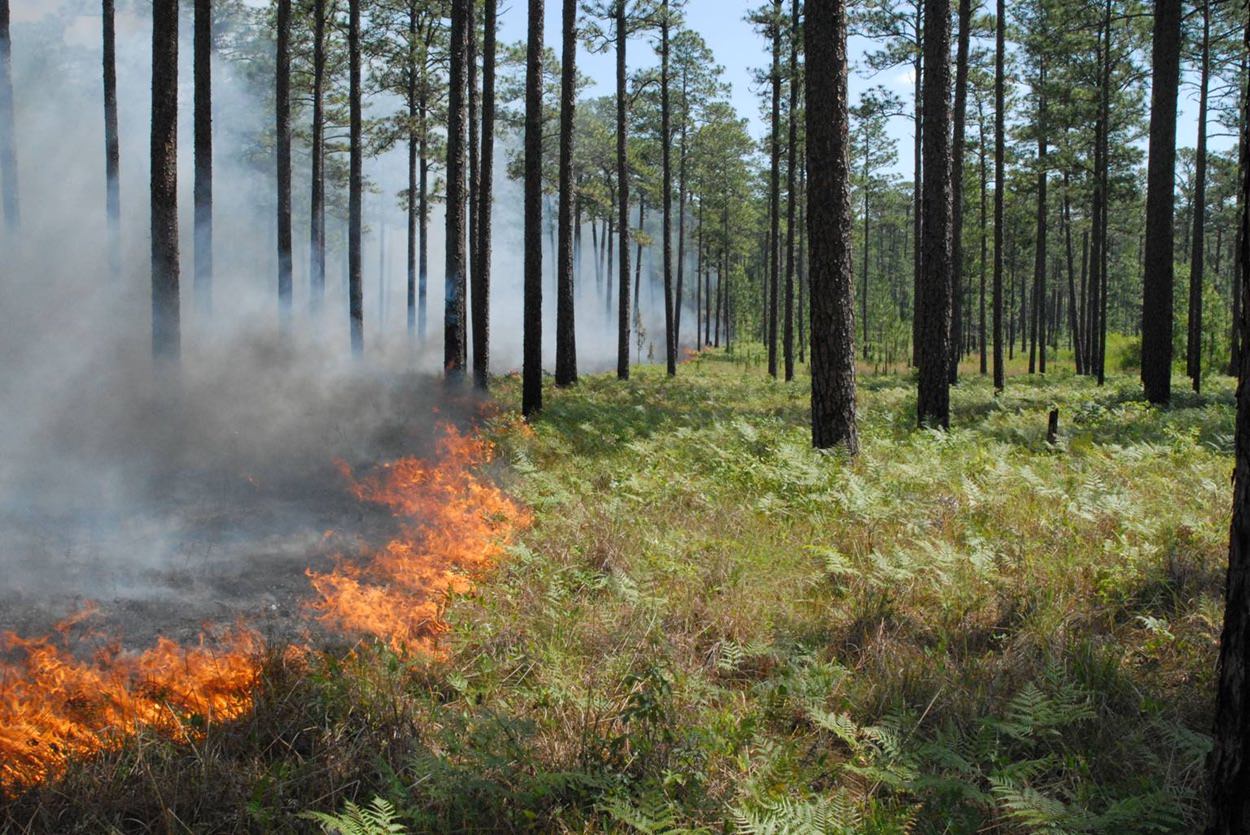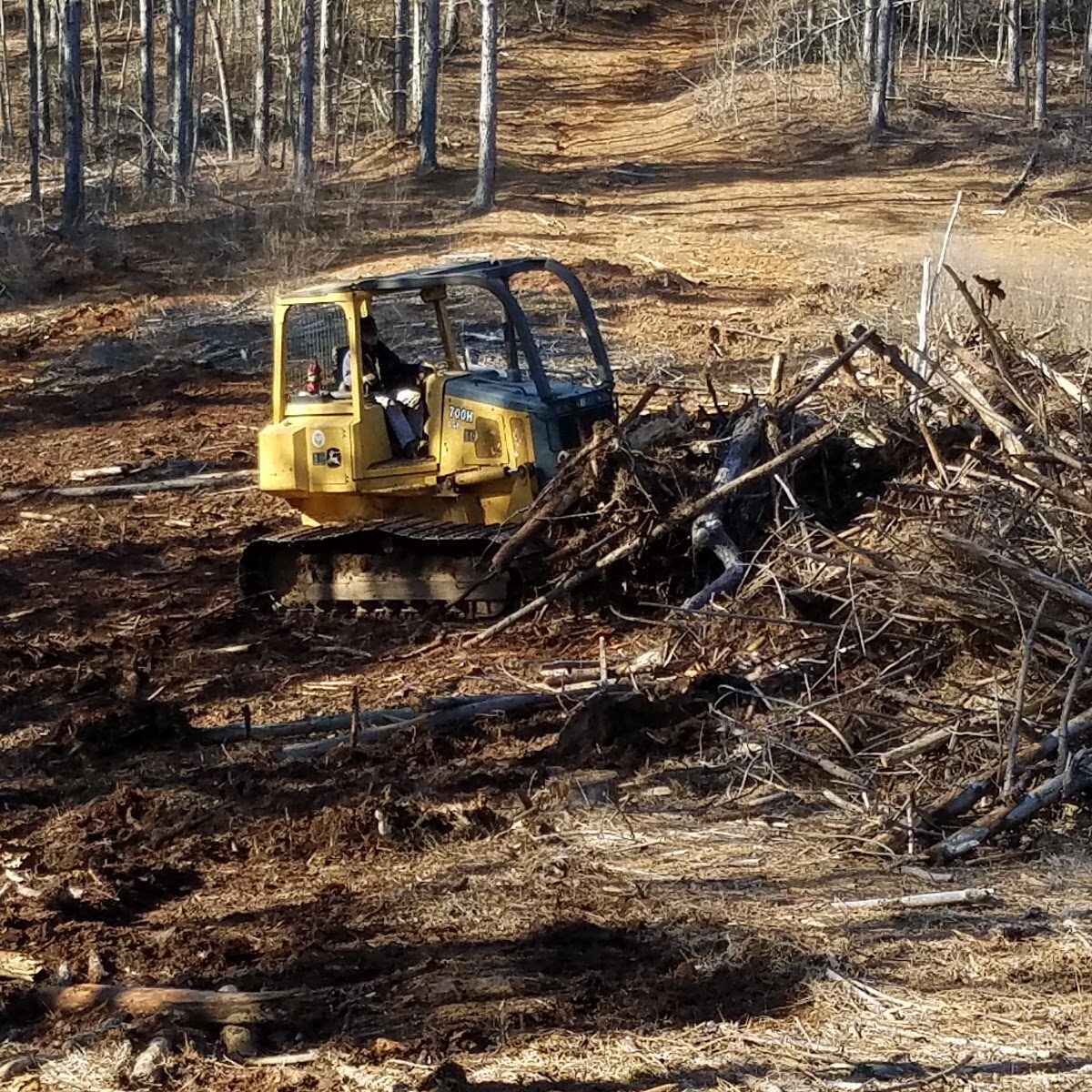Carolina Indigo
Indigofera caroliniana
Status: Secure
Carolina Indigo is native to South Carolina and has been used since the 18th century as a “dye plant.” These plants along with other additives were used to create indigo dye but they are not used as much nowadays.


Habitat & Range
This perennial pea plant has a distribution throughout the southeastern states in places like South Carolina and Louisiana. Carolina indigo prefers sandhill habitats with dry or moist soils like dry sandy pinelands and scrubs. These plants have a special relationship with the bacteria in the soil which help them fix nitrogen to improve the health of the soil.
Food Web & Energy Flow
Carolina Indigos are primary producers since they get their energy directly from the sun. In order for these plants to survive they require soil, water, and a lot of sunlight.
Relationship to Fire
The Carolina Indigo contains seed pods which make them a member of the pea family. Peas can improve the overall health of the soil by adding nitrogen back into the soil. Also the roots can hold soil in place to keep them from being removed during fires. Fires are also important for Carolina indigos because they clear the understory to provide more space and direct sunlight.

Conservation Status
The Carolina Indigos have an overall Secure conservation status. Although there are no major threats to the species, some minor human disturbance such as poaching has caused a decline in their overall population size.

Human Impacts/ Threats

Land Use Conversion
Longleaf forests and the habitat it supports is being cleared or converted to use the land for other uses like houses, roads, agriculture, and even to grow different types of trees to sell.

Fire Suppression
Many people think of fires in the forest as bad, so they work hard to prevent or suppress them. But longleaf forests NEED regular fire to support habitat for the species that live there!
Resources
Useful Temperate Plants. Carolina Indigo
Lady Bird Johnson - Wildflower Center. Plant Database
